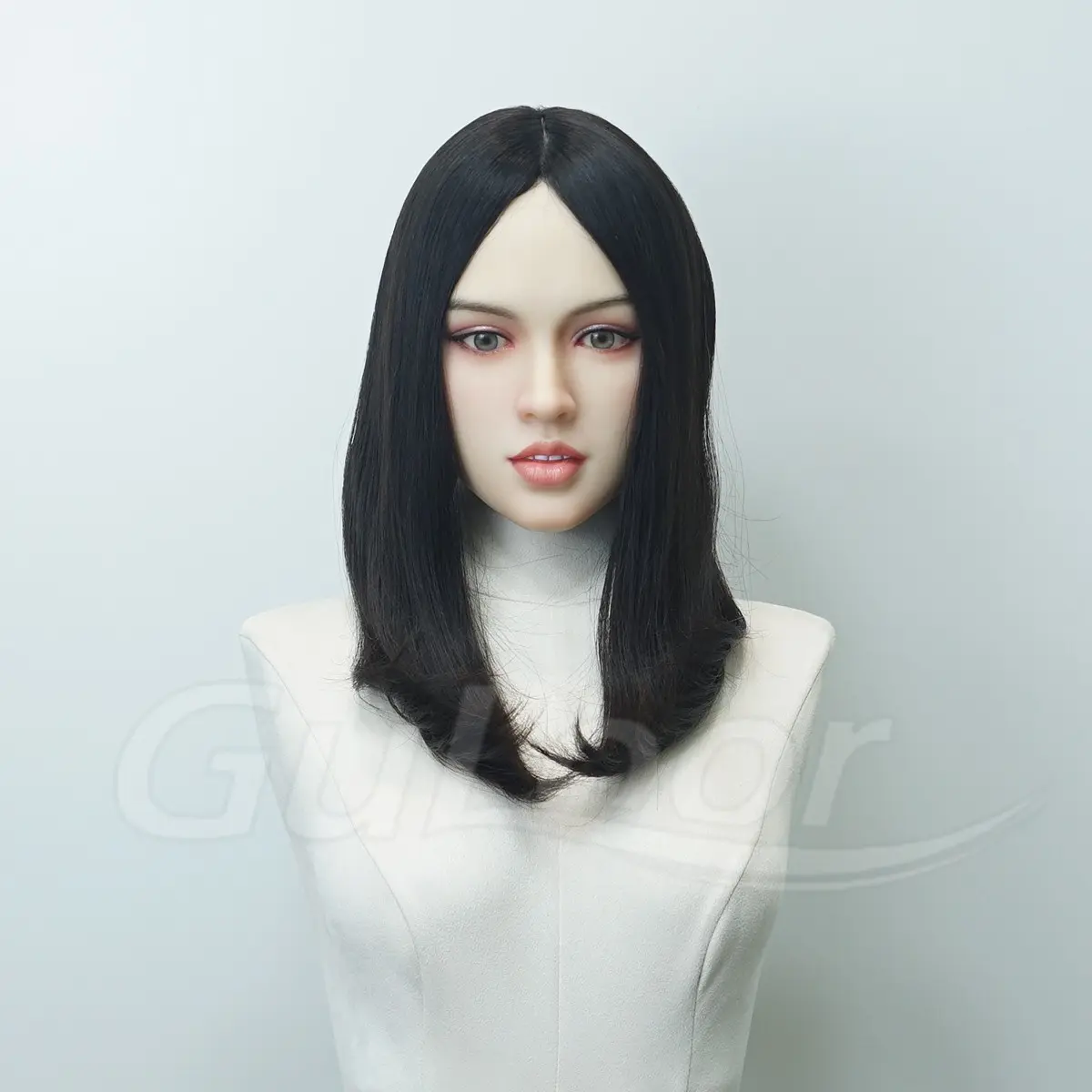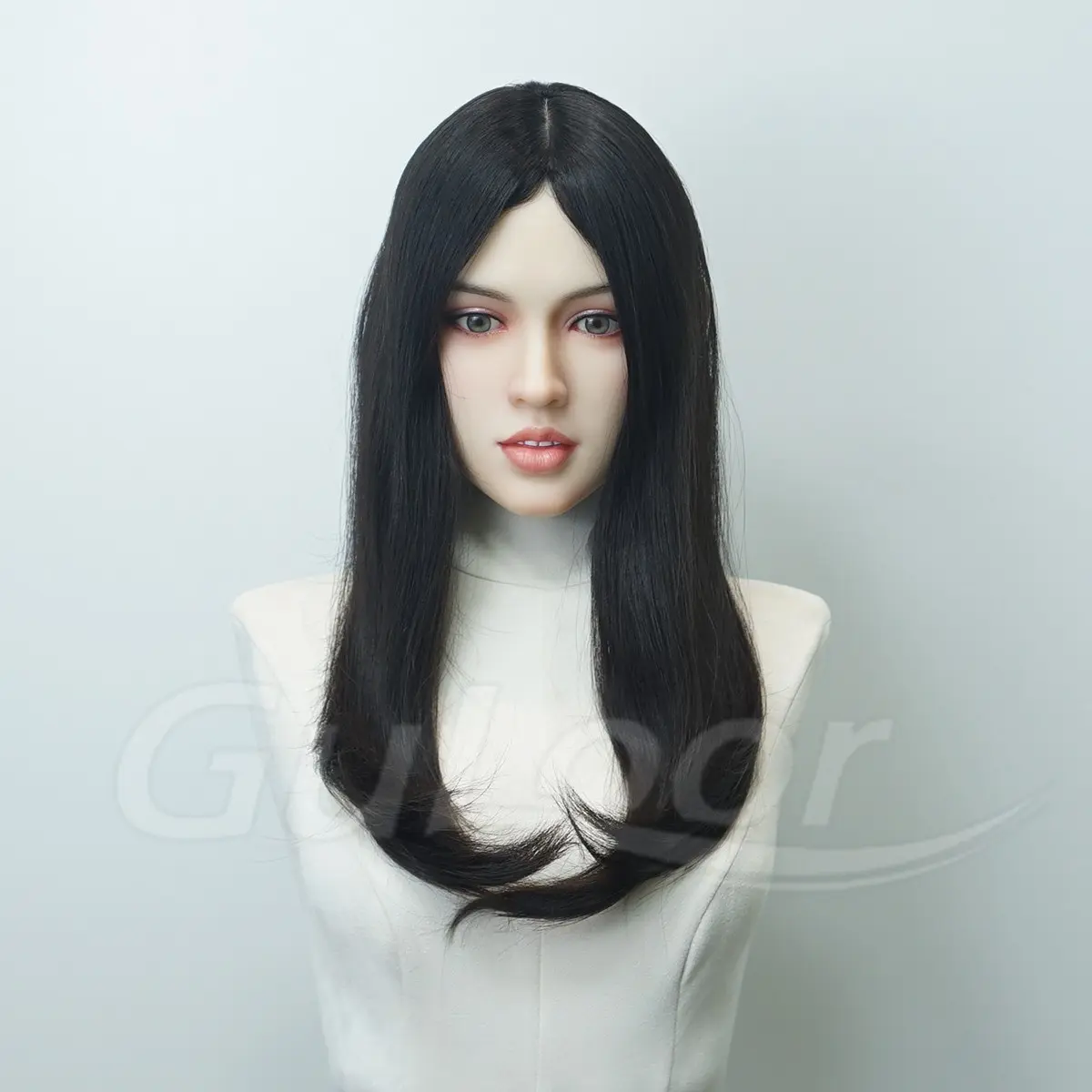Remy hair? Synthetic wigs? Virgin hair??....
Who are they? Is this the same “fiber” as we consume from food every day?
No worries, I had no idea before reading the article below. Let’s read it together and share your thoughts, questions or make comments to us at info@guloor.com
Guloor Family,
xoxo

REMY HUMAN HAIR: It refers to human hair (usually Indian in origin) which has been harvested from root to end with the cuticle going in the same direction. It can be colored or permed, and it has a soft and silky touch.
NON-REMY HAIR: Non-Remy hair is the left-over hair that is often gathered from the floors of temples and salons. This hair is then recycled to make a weft. But, because the hair cuticles are facing various directions, the hair can tangle easily.
HUMAN HAIR WIG: It is pure human hair, directly cut from donors. It undergoes slight process in which we bleach the original hair color to prepare it for new color in a given shade for a particular style. Human hair wig allows flexible use and various hair styling. You can blow dry, curl or use flat iron as you want your hair to reach your desired look.
HUMAN HAIR BLEND:A combination of human hair and synthetic fiber. The synthetic hair tends to hold its shape after being washed and the human hair looks natural and is more durable. This combination gives the wig more versatility and flexibility when styling. The usage of synthetic fibers in this blend is usually 25%, 35% and 50%.
SYNTHETIC FIBER: There are three types of synthetic fibers used to make wigs: polyester, acrylic, and polyvinyl chloride (PVC). They are not resistant to heat, which means you’d better not to use flat iron or other styling tools. Overall, no heat of any kind can be used in attempting to style a synthetic wig.
HEAT-FRIENDLY SYNTHETIC FIBER: High heat resistant hair is also referred to heat-friendly hair or HD fiber. This kind of fiber is heatable when styling, the temperature is generally at 270-300°F for the wearer who seeks some degree of control in day to day styling.
EUROPEAN HAIR: It actually refers to Caucasian hair. The texture of European hair is flatter and smoother, softer and more appealing. However, European hair doesn’t always have a heavy volume and its price is relatively higher.
VIRGIN HAIR: Virgin hair is 100% natural, unprocessed, untreated, and the hair cuticles are intact. The hair cuticle is the outermost part of the hair shaft. It's formed from dead cells, overlapping in layers, forming scales that give the hair shaft strength and protection. Virgin European human hair wigs are typically in high demands. They come in short, medium and long lengths and are also used in extensions and hair pieces.
SINGLE DONOR: Reference to a single donor means that the hair was gathered from a single person. This means that all of the cuticles will be facing downwards and in the same direction.
FALLEN HAIR: Fallen hair refers to the hair strands that fall to the floor after collecting from multiple donors. Because it's swept up from the ground, the cuticles don't all face the same way. This means that fallen hair will tangle much easier than Remy hair, as the cuticles can lock together.
303.webp)
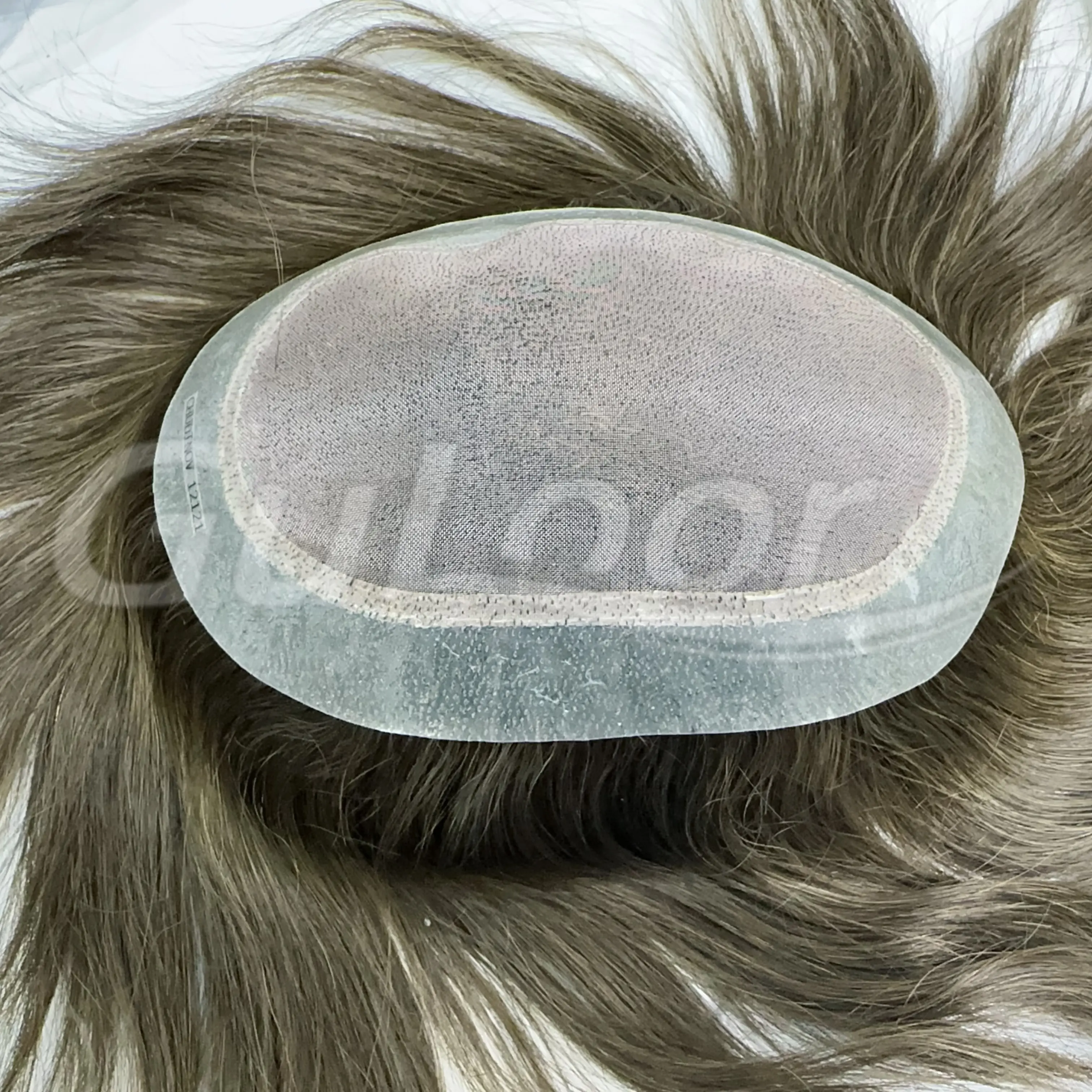
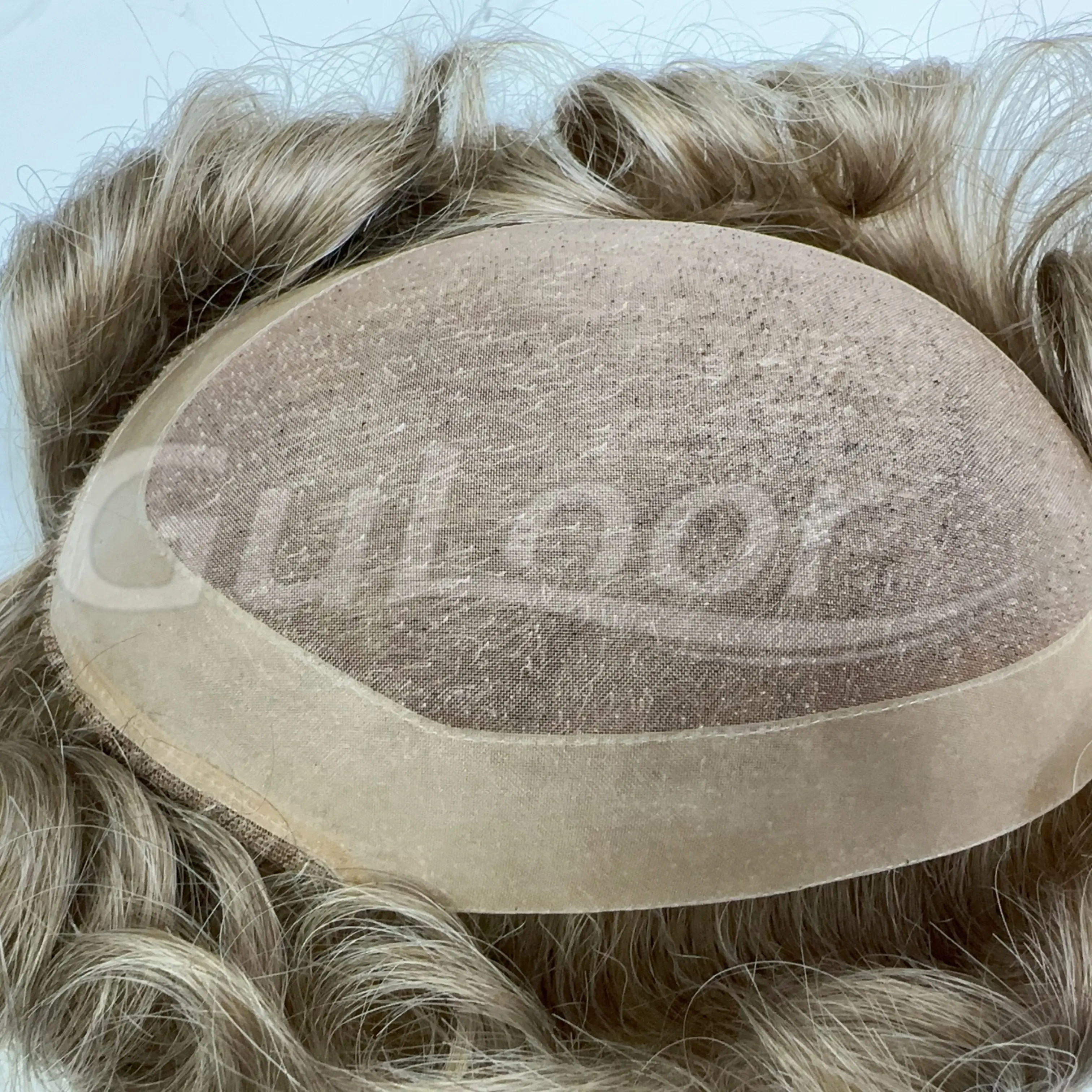
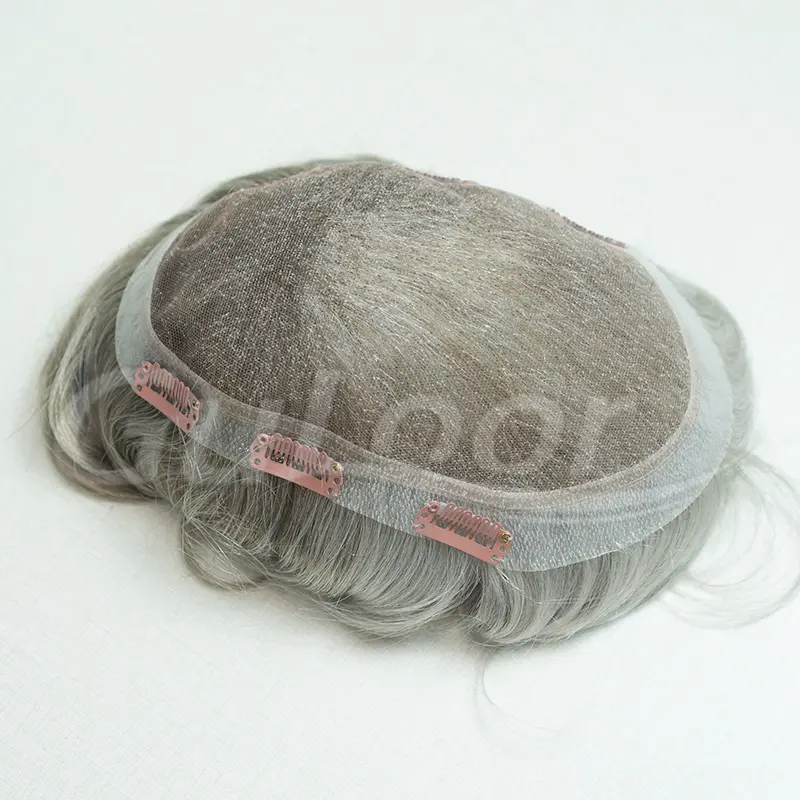
839.webp)
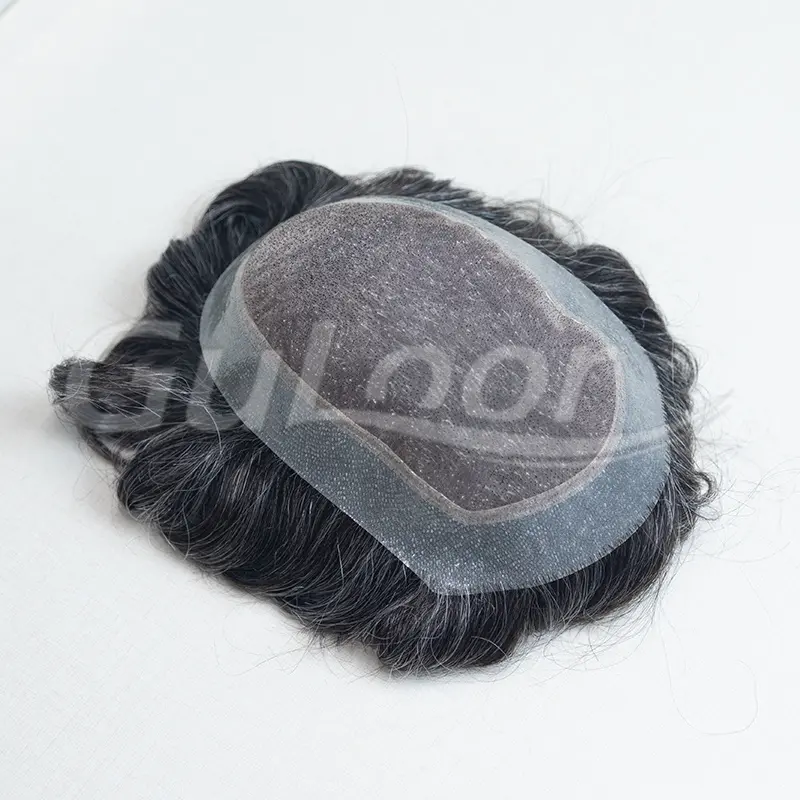
933.webp)
105.webp)
654.webp)

